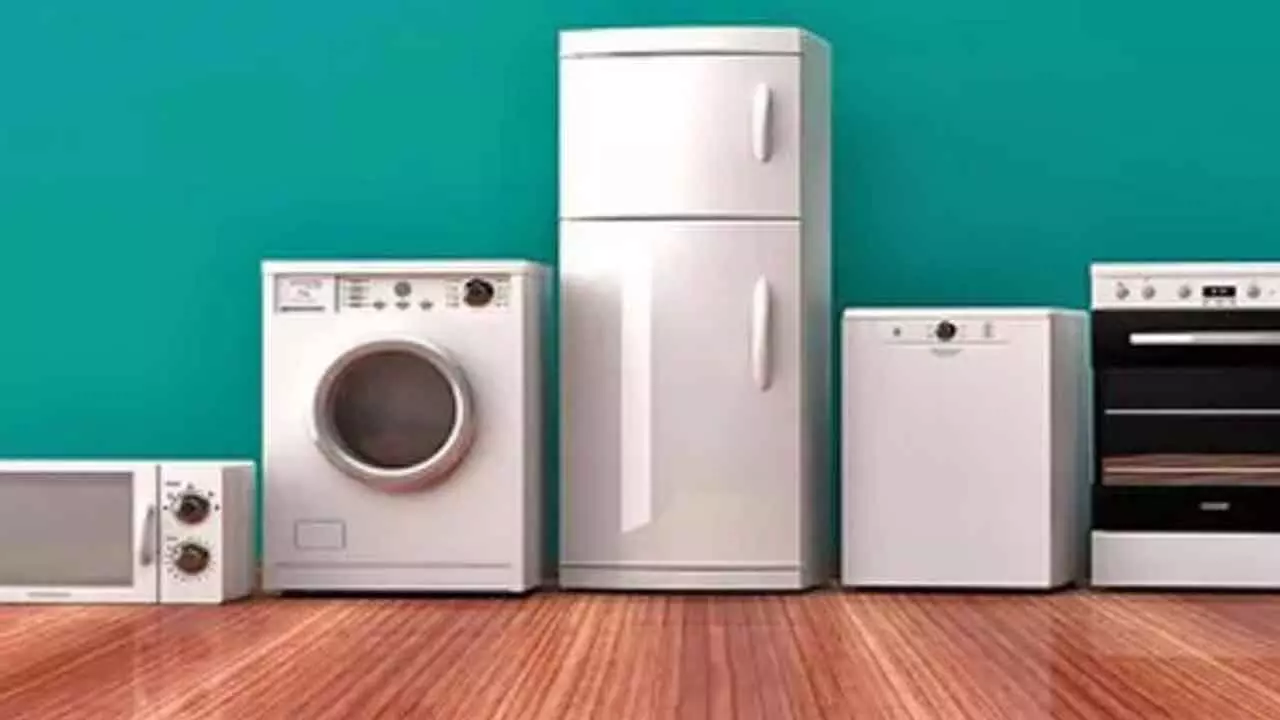Appliances Industry Seeks PLI Again, Boosts Tax Rationalisation
Plug and play facilities for MSMEs across coast line
Appliances Industry Seeks PLI Again, Boosts Tax Rationalisation

New Delhi: The appliances and consumer electronics industry has urged the government to bring a second round of the Production-Linked Incentive (PLI) scheme for high-value components like compressors and motors and rationalise taxes.
It has also asked for reductions in tariffs on imports, which will help to make the products competitive in the global market, said industry body Consumer Electronics & Appliances Manufacturers Association (CEAMA).
“We, over a period of time, need to reduce the taxes. We need to reduce our tariffs so that our manufacturers can become competitive. We have a large base and we should be manufacturing for the world,” said CEAMA President Sunil Vachani. Besides, he also suggested creating large centres of excellence along the coastal areas, “where we can offer plug and play facilities to our MSMEs and offer land at attractive rates to a large corporate”. This will help build export competitiveness, Vachani added while speaking at the 45th annual functions of CEAMA.
Moreover, he suggested granting more time to implement QCO (Quality Control Order) and BIS standards, which will help ease the business. “We must give some time to our manufacturers who adopt the QCO standards and BIS,” he added. He also highlighted the role of the PLI scheme by the government in creating a component ecosystem for air conditioners and white goods.
“Almost 66 companies have applied for this almost 7,000 crore of investment has already been done. The value addition in this sector, which used to get around 18 to 20 per cent, has gone up to almost 60 per cent as of last year, and we are very confident to see go up to almost 75 per cent,” said Vachani.
Terming the scheme as successful, Vachani said, “The industry requesting that we need to come out with one more round of PLI, especially focused on high-value components like compressors and motors, where the investment through incentive ratio is much higher than what we introduced”.

